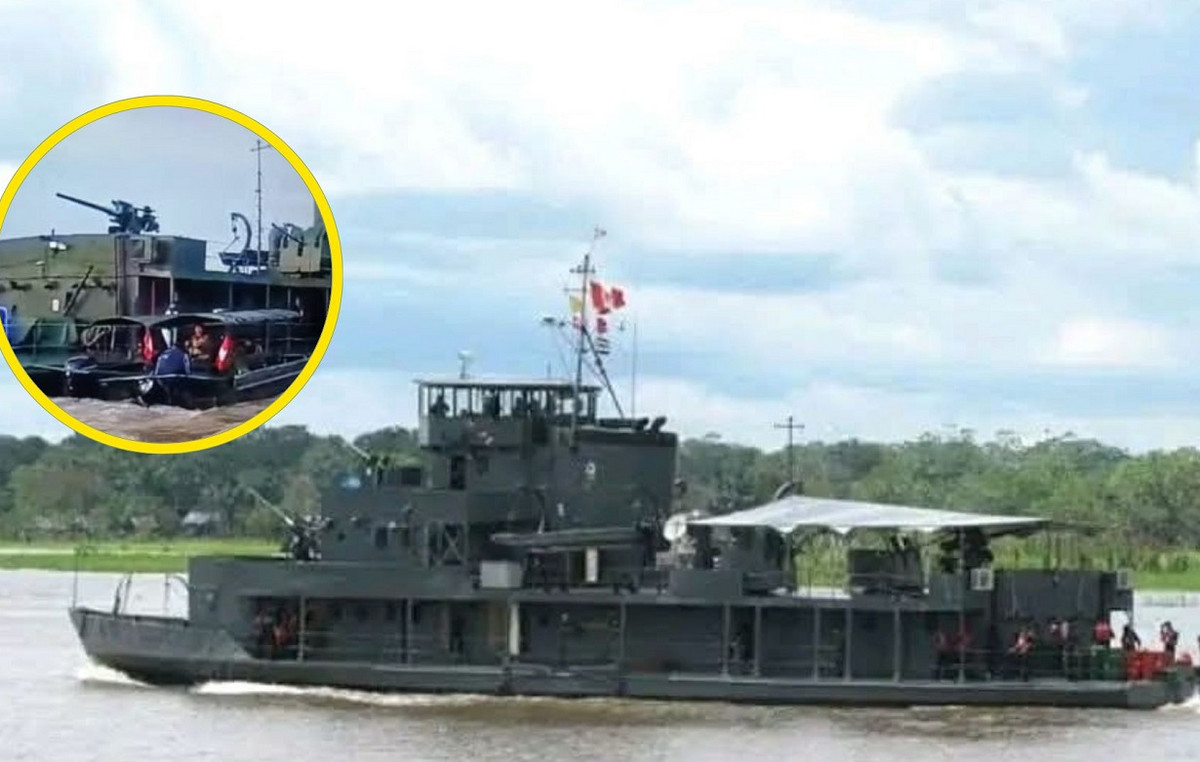At Chile the largest is expected to be installed camera of the world and will aim to observe it spacein the hope of a revolutionary change in the study of the universe.
The size of a small car and weighs 2.8 tonsthe device will be mounted on a telescope under construction and will allow exploration of the sky like never before, officials of the US-funded program told AFP.
This huge camera, the construction of which cost about $800 millionwill begin capturing the first images during the first half of 2025. Every three days it will scan the sky, repeating the motion ad infinitum.
We will go from “studying one star and all the deep physics of that star to studying billions of stars at once,” said Bruno Diaspresident of the Chilean Astronomical Society (Sochias).
“It will be a paradigm shift in astronomy,” he says Stuart Corderdeputy director of NoirLab, the American research center that manages the observatory located at an altitude of more than 2,500 meters, in Cerro Pachon, 560 km north of the capital Santiago.
THE LSST camera (Space-Time Research as a Legacy for Posterity) it is expected to have data on twenty million galaxies, 17 billion stars and six million space objects within ten years.
Scientists will have an updated catalog of images of the solar system, will be able to map the Milky Way and advance the research of energy and dark matter.
How does it work
The device will have one 3,200 megapixel digital sensor and to one image of it will be equivalent to that transmitted by more than 300 high-definition televisions together Medium size.
The device, which made in California, will have three times the capacity of the most powerful camera available today, Japan's Hyper Suprime-Cam 870 megapixels. It will also be six times more powerful than NoirLab's most powerful camera today.
The telescope that will incorporate it it has a mirror with a diameter of 8.4 meters. It is a far cry from the 40cm telescope that arrived in Chile 60 years ago, when the country's first international observatory was installed at Cerro Tololo in the 1960s.
“That telescope got here on the back of a mule because there was no road,” explains Stephen Heathcote, director of the Cerro Tololo observatory, located about 20 km from Cerro Pachon.
Source: News Beast
With 6 years of experience, I bring to the table captivating and informative writing in the world news category. My expertise covers a range of industries, including tourism, technology, forex and stocks. From brief social media posts to in-depth articles, I am dedicated to creating compelling content for various platforms.







